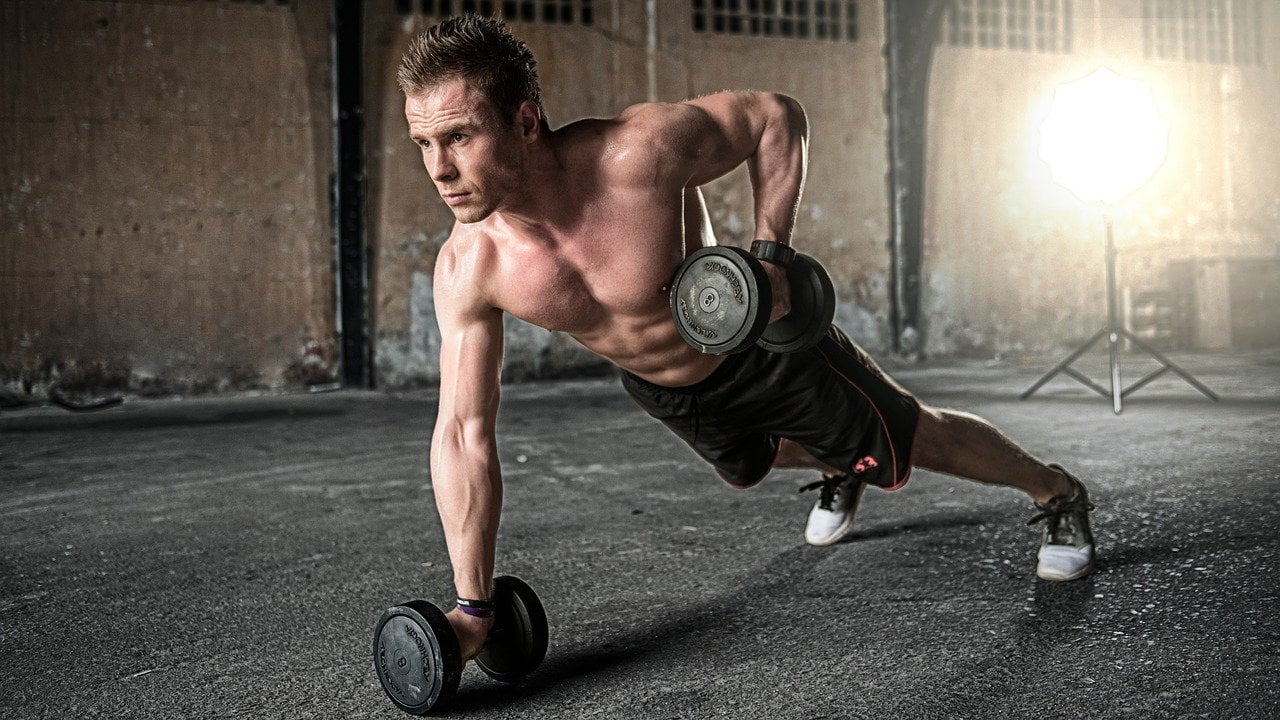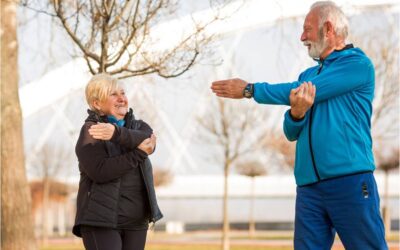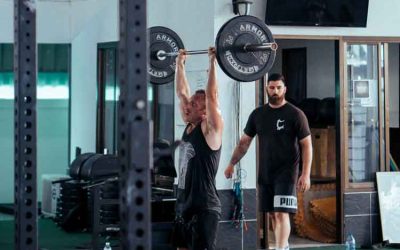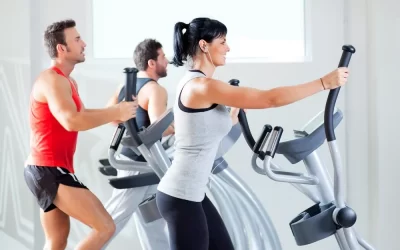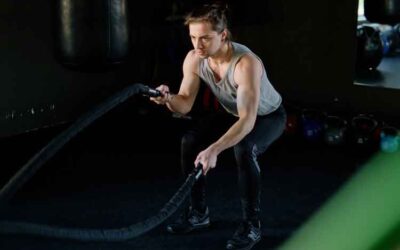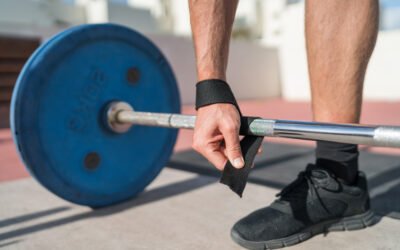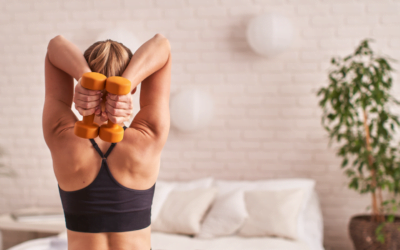There was a period when there were set of dumps and some machines in the gyms. It was believed that those who come to the gym for exercise have the desire to become bodybuilders. As time changed, fitness began to be seen as an integral part of life. People’s perception changed, then it was assumed that everyone should exercise regularly, irrespective of age or gender. So, today we will tell you about Functional Training Exercises.
Whatever the order of the person’s health has been, he must exercise as per his capacity. Technology was also developed in the field of fitness, which changed the styles of exercise. The new technology made the first heavy exercise attractive and pleasant. One of them is Functional Training Exercises which have several positive health benefits.
New styles of exercise such as CrossFit, HIIT, circuit training and kettlebell workouts are introduced, which were much more effective than earlier exercises. These styles proved to be very effective with the view of weight loss, muscle building, strength enhancement and improving overall health. One of them is Functional Training Exercises which have several positive health benefits.
What is Functional Training Exercises?
There are number of exercises such as curls, bench presses or dumbbell fly, which could developed the targeted muscle groups in the body, but they were not helpful in increasing physical strength.
In view of this, functional training was introduced. Exercise that helps in your daily routine activities is called functional training. To raise heavy luggage at home or to push the bed from one corner to another, it is all part of functional training that requires functional power.
Benefits of Functional Training Exercises.
The practice of functional training has increased rapidly. It can be considered to be affected by these two points.
The rehabilitation program for PWDs, under which they are given some exercises, so that they can again empower their organs.
In sports, where athletes incorporated functional training with their exercise to improve their performance.
You can get the following benefits by incorporating function training with daily exercise and yoga.
Practice Like Daily Tasks.
These exercises are exactly the same as we do in our daily routine work. The practice of these exercises brings strength to the muscles and joints, also increase the flexibility.
Muscle Growth.
With the constant effort of any exercise, you become accustomed to it. So that you can repeat them at a faster pace than before. This also reduces mistakes. Regular exercise also increase muscle mass.
Beneficial For Core Muscles.
Most functional training exercises play a vital role in the core muscles. It produces tension on the muscles of the abdomen and lower back, which increases the strength of the core.
Flexibility and Coordination.
Functional training requires the body to speed up in every direction. These exercises improve the speed and coordination of the body.
Improve Physical Balance, Stability and Posture.
With the help of core muscles, you can speed up the body movements with control. It also increases balance and stability. This exercise targeted lower back muscles and strengthen it and also improves physical posture.
Reduces Joint Pain.
Functional training exercises can be very beneficial for people who have complain of joint pain or back pain. These exercises based on physical therapy and designed to make life easier. It can give you strength to the organs in which you feel discomfort.
Reduce Risk of Injury.
Functional training strengthens your muscles as well as nearby joints. Fitness with physical coordination can reduce muscle stretch and risk of injury.
| Read Now: 7 Days Exercise Plan for GM Diet |
Reduce Fat.
At the same time, you can burn more calorie by exercising many parts of the body. This leads to the loss of unnecessary fat which helps in reducing weight.
Low Intensity Exercise.
Unlike CrossFit or high-intensity exercises, functional training is a combination of low-intensity exercises. It does not put too much pressure on the joints and muscles.
Who Can Take Benefits from Functional Training Exercises?
Normal exercise and strength training programs are better options for those who are already healthy and have the right physical texture. But people suffering from physical problems, who have not exercised for a long time, can get the benefits from functional training exercises.
People suffering from chronic pain during pregnancy, back or other joints of the body or suffering from other diseases for a long time can also get the benefits from functional training. Many cases have also been seen that those who have problems with tennis elbow, golfer elbow, herniated disc, rotator cuff have also gained early benefit from functional training exercises.
Types of Functional Training.
Functional training has many variations that target different muscle groups. Most of these workouts do not need any equipment. However, equipment can also be used to perform some exercises. It is better to monitor these exercises under the supervision of trainers. He will help you to get the right technique of exercise.
Do not forget to do warm-up and stretching before exercise. It reduce the risk of injury during the workout. Some of the exercises of functional training are below, which can be used with the right technique to get the more benefits.
Push-ups.
This is an exercise that is mentioned in almost all kinds of fitness programs. Push-ups don’t require additional tools. However, it has many variations that you can also do with dumbbells and machines. This is a simple exercise, which can be done anywhere.
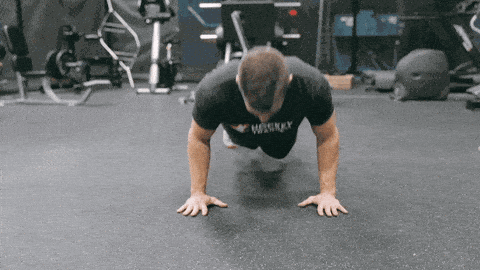
How To Do Push-ups?
Step 1.
Lie down on the mat. Place the hands under the shoulders.
Step 2.
Now bend your knees. You can also bring full weight on the toes by spreading your feet completely.
Step 3.
Now straighten the hands and lift the whole body upwards of the mat. Do not lock the elbow.
Step 4.
Your body should be in a parallel line from head to knees. Your hips should also be in the same line, not up or down.
Step 5.
Bend your elbows and bring the body down again. It’s a one repetition.
Sets.
3-4.
Repetitions.
10-12 and increase with practice.
Dumbbell Squat.
During the weighted squats exercise you have to place the barbell behind the neck or on your collarbone. If you do this exercise with dumbbell or kettlebell, these equipment need to be kept at shoulder height.
The dumbbell squat is slightly different from it, it has to be kept in both hands on its armpit side.
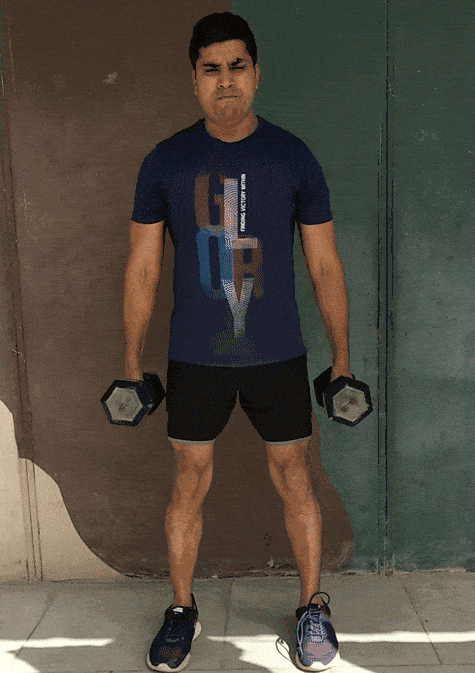
How To Do Dumbbell Squat?
Step 1.
Hold either kettlebell or dumbbell in both hands.
Step 2.
Bend your knees while keeping the back absolutely straight and come in a squat position.
Step 3.
Make sure the knees are not going forward from the toes.
Step 4.
Now straighten the knees and come to the undone position. It’s a repetition.
Sets.
2-3.
Repetition.
12-15.
| Read Now: How Many Days to Workout to Stay Fit |
Step-up.
Step-up is one of the most beneficial exercises for several muscle groups. Climbing and landing on a platform during this exercise improve balance and coordination between the two legs. This exercise is quite beneficial for glutes, legs and core muscles with the hip.
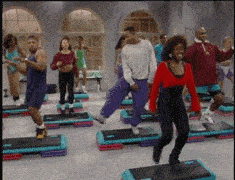
How To Do Step-up Exercise?
Step 1.
Hold the dumbbell in both hands.
Step 2.
Now stand in front of a platform or bench. Maintain a hand distance between you and the bench.
Step 3.
Now place one leg on the bench, then place the other foot too. But keep in mind that, the foot that is placed first should be on the whole weight.
Step 4.
Similarly, get down and come to the undo position. It’s a repetition. Repeat the same practice with the second leg.
Sets.
3-4.
Repetition.
15-20 at the beginning and gradually keep increasing it.
*Note. Make sure it’s stable before you climb the platform and it doesn’t budge at all when you go upstairs.
Medicine Ball Throw.
This is a very famous exercise between sports persons and athletes. This exercise speeds up the upper body, while the lower part of the body is stable. It is a good workout for the core muscles.

How To Do Medicine Ball Throw?
Step 1.
Move the legs backwards and keep the upper part straight with the knees.
Step 2.
Hold the ball with both hands and move from head to rear.
Step 3.
Now straighten the hands and throw the ball towards the wall with full strength.
Step 4.
Turn now after a set of ball throws and target the other part of the body from a different angle.
Sets.
2-3.
Repetition.
10-12.
Side Lunges.
You can also use side lengths as a change in place of walking lunges or backward lunges. This exercise is also beneficial for the muscles of the hips and glutes with the muscles of the legs.

How To Do Side Lunges?
Step 1.
Stand upright for this exercise.
Step 2.
Now increase your right foot in width as per your capacity.
Step 3.
Now come to the undone position and repeat this exercise with the other foot also.
Sets.
3-4.
Repetition.
10-12.
| Read Now: Progressive Resistance Strength Training |
Single Leg Hip Raise.
Sitting in one place throughout the day, may causes spinal cord shrink, later it takes the form of a serious problem. This workout helps in stretching the lower back and glutes.
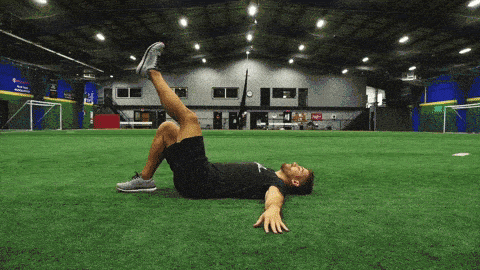
How To Do Single Leg Hip Raise?
Step 1.
Place a leg on the bench while turning your knee. Keep the other leg straight.
Step 2.
Place the hands near your back and lift the body with the strength of the hips by pushing the foot from the bench.
Step 3.
Stop for a moment and then come to the undone position. Practice this exercise with both legs.
Sets.
2-3.
Repetition.
10-12.
Bear Crawl.
Bear Crawl is one of the simple and effective functional training exercises. During this exercise, the muscles of the whole body come into active condition. It also helps in improving coordination between hands and feet.
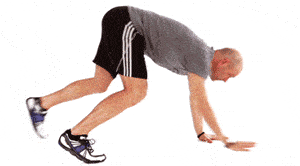
How To Do Bear Crawl?
Step 1.
With the forces of both hands and feet put the body on the ground and move forward with the help of these.
Step 2.
Start moving forward using the left hand with the right foot and the right hand with the left foot.
Step 3.
Keep the back straight and the stomach stiff to avoid any unnecessary stress during exercise.
Sets.
2-3.
Repetition.
8-10.
Plank.
With this exercise you can finish your functional training of the day. This exercise can enhance the balance and stability throughout the body. It is also a tremendous exercise for the core muscles.
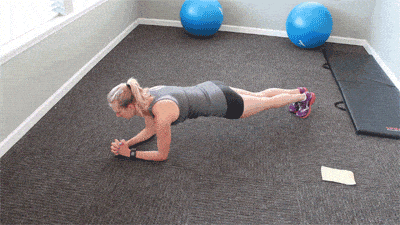
How To Do Plank?
Step 1.
Lay down directly on the floor on the balance of abdomen.
Step 2.
Bend the two hands along the side and lift the whole body with the help of the forearm and keep the entire weight on them.
Step 3.
Stay in a parallel from head to toe. Keep your body stable at this stage while breathing normally for at least one minute. You can keep the body at this stage as per your capacity.
Tips and Precautions.
You do not need any special machines and dumps for functional training, so these exercises can be done anywhere. These exercises correspond to your fitness goal. However, some points need to be given special attention before starting functional training exercises. Such as;
- Incorporate exercises with your daily exercise routine that help to increase your strength, balance and flexibility in the body.
- If you have any injury or illness, you must consult the doctor once before exercising.
- By doing full exercises of functional training, every part of the body can be targeted, so include all exercises in your fitness programs.
- With the functional training program, more benefits can be achieved by doing weight training and body weight exercise.
Frequently Asked Questions.
1. Are isolation exercises ideal for functional strength training?
No, because in isolation exercise we basically focus on a particular muscle group, however on the other hand functional training includes overall muscle groups which is more effective. If you’re in advanced stage of training, then isolation exercises is effective for a specific area. You can also plan your workout routine with both of this exercise pattern.
2. What does functional training means?
Functional training is a kind of training in which we train different muscle groups with compound movements and organize them for daily routine tasks by pretending common actions which you do at home or during work. Here we engage various muscles of the upper and lower part of the body at the same time. In such exercises we mainly emphasize on core strength. It allow us to perform daily activities with more efficiently without any injuries.
Bottom Line.
Functional training is also beneficial for those who have some kind of problem in the body with players. These exercises have a lot of variations that make it very interesting and effective.
You can also bring about changes in various forms of exercise according to your ability. One should consult your doctor once before incorporating any kind of exercise into the routine, especially if you have a serious illness or injury.
+4 Sources
Freaktofit has strict sourcing guidelines and relies on peer-reviewed studies, educational research institutes, and medical organizations. We avoid using tertiary references. You can learn more about how we ensure our content is accurate and up-to-date by reading our editorial policy.
- Tennis elbow; https://www.mayoclinic.org/diseases-conditions/tennis-elbow/symptoms-causes/syc-20351987
- Golfer’s elbow; https://www.mayoclinic.org/diseases-conditions/golfers-elbow/symptoms-causes/syc-20372868
- Herniated Disc; https://www.aans.org/Patients/Neurosurgical-Conditions-and-Treatments/Herniated-Disc
- What Is My Rotator Cuff, and Why Does It Hurt?; https://www.webmd.com/pain-management/what-is-my-rotator-cuff

 Workout
Workout
 Meditation
Meditation


 Stories
Stories


 Podcast
Podcast E-book
E-book